Story and Photos by Emily Lee Stehle
. . .
Rodin and the Age of Impressionism
. . .
Through March 26
Museum of Fine Arts
Details here
. . .
This remarkable exhibit in the Hazel Hough Wing showcases Auguste Rodin’s best-known sculptures alongside other Impressionist masterworks from artists of his time. Close to 70 artworks, dozens of sculptures, paintings, photos and works on paper from the 19th century are displayed throughout the gallery.
Stanton Thomas, the Museum of Fine Art’s Senior Curator of Collections and Exhibitions, says the exhibit – drawn from the permanent collection of the Los Angeles County Museum of Art – offers a comprehensive look at Rodin’s influential and revolutionary life as an artist.

“I am so proud to showcase St. Petersburg’s first major exhibition devoted to Rodin and the Impressionists. True Nature is a transformative exploration of one of the most popular, enduring and captivating periods in art history,” says Thomas.
It took two years of planning during COVID-19 to bring the sculptures to St. Petersburg – delivered in separate crates by forklift, raised and mounted.
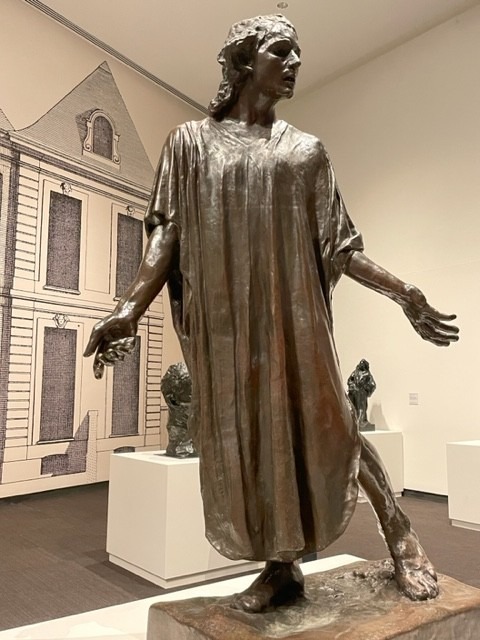
Personally, I have loved the work of Impressionist painters since I took French in elementary school. I really became acquainted with their works and avidly studied them during college art history courses.
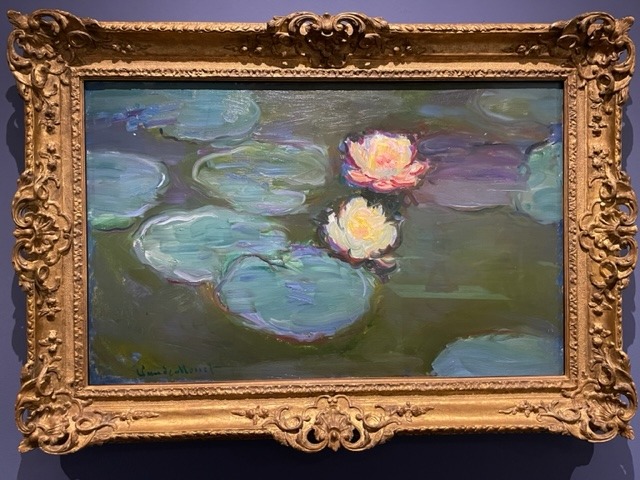
As an 11-year-old, the work of the Impressionists was appealing, swathed in pastels and shimmering colors evoking dreamy and romantic images, unlike the work of realistic painters.
Revolutionaries of the time, the Impressionists “depicted the natural appearances of objects by means of dabs or strokes of primary unmixed colors in order to simulate actual reflected light,” as defined by the Merriam-Webster Dictionary. Whatever the reason, my husband and I both find their work fascinating, particularly the subject matter and the studies of light.

We like to hunt down works by these artists at art museums we visit, stateside and abroad. While in Paris, during two visits 20+ years ago, we planned multiple visits to the Louvre and Musée d’Orsay to see works by Cézanne, Van Gogh, Monet, Manet, Gauguin, Renoir, Rousseau, etc. and in our travels, came across Musée Rodin at 79 rue de Varenne.
Rodin’s Studio was in a garden, full of light – large sculptures of the human form, stone pieces, plaster and tools. The room was extremely dusty, and it was hard for me to breathe. Outside, I remember, there were roses and their special scent. And The Thinker.
So, seeing this exhibit with Rodin’s sculptures surrounded by other favorite artists’ works inside was a completely new experience. I have a greater appreciation of this man’s work after seeing the contrast and similarities between his and the other Impressionists’ art.

Rodin’s sculptures appeared immense, somewhat crude, foreboding, tortured, yet they captured lifelike movement and energy of the human form. They illustrated pain, angst, suffering and also beauty.
His dramatic approaches to the human figures were best known through large, public commissions, explains Thomas, and received both praise and criticism.
Thomas says the features on the faces and hands are pronounced and distorted to enhance the idea of emotion, the height of emotions. The larger-than-life figures are oversized to emphasize human strength and frailty.
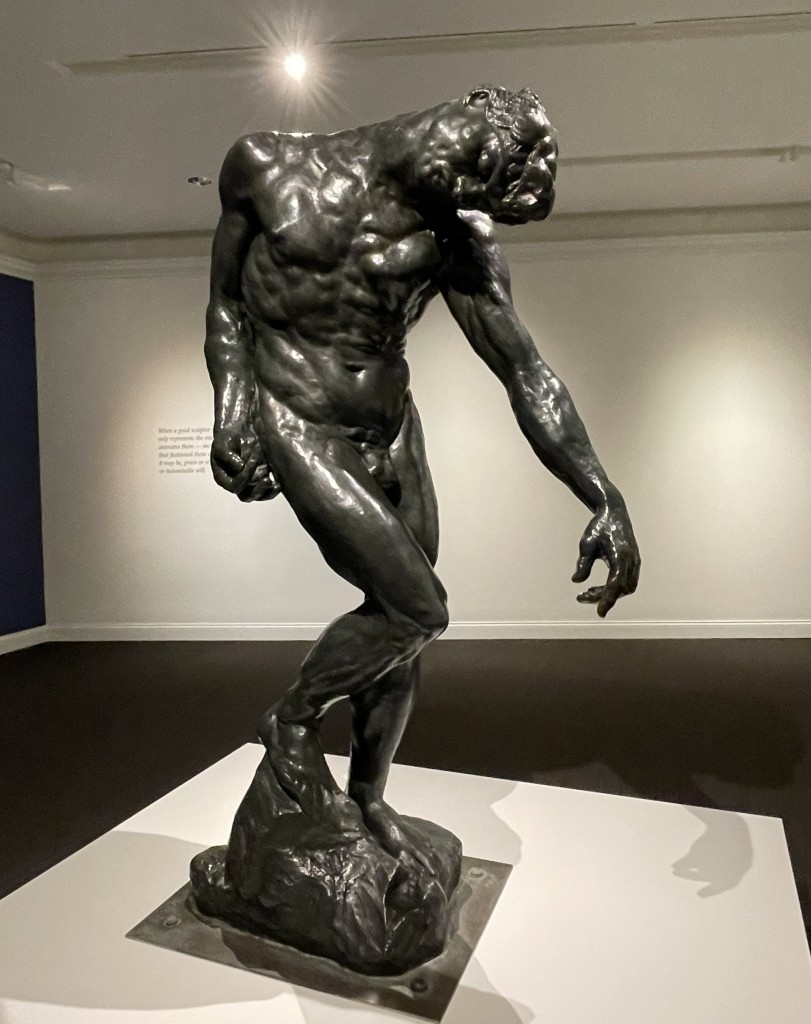
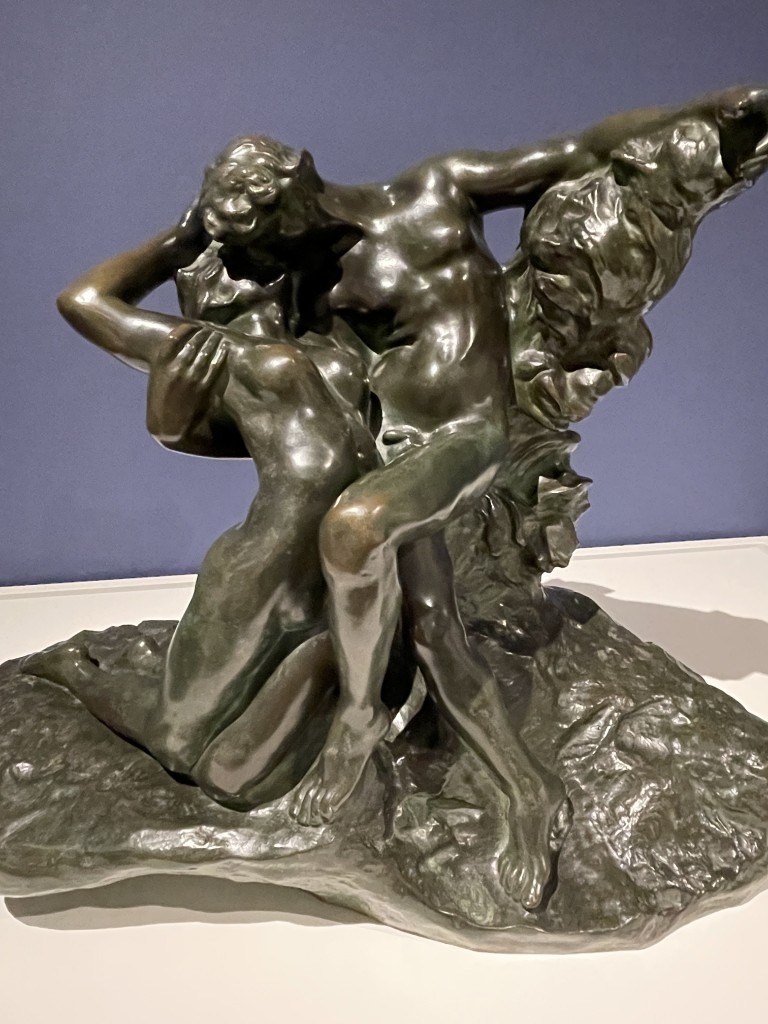
This piece was one of six figures included in the commissioned Burghers of Calais, a monumental public sculpture which commemorates six men who sacrificed themselves to save their city during the Hundred Years’ War.
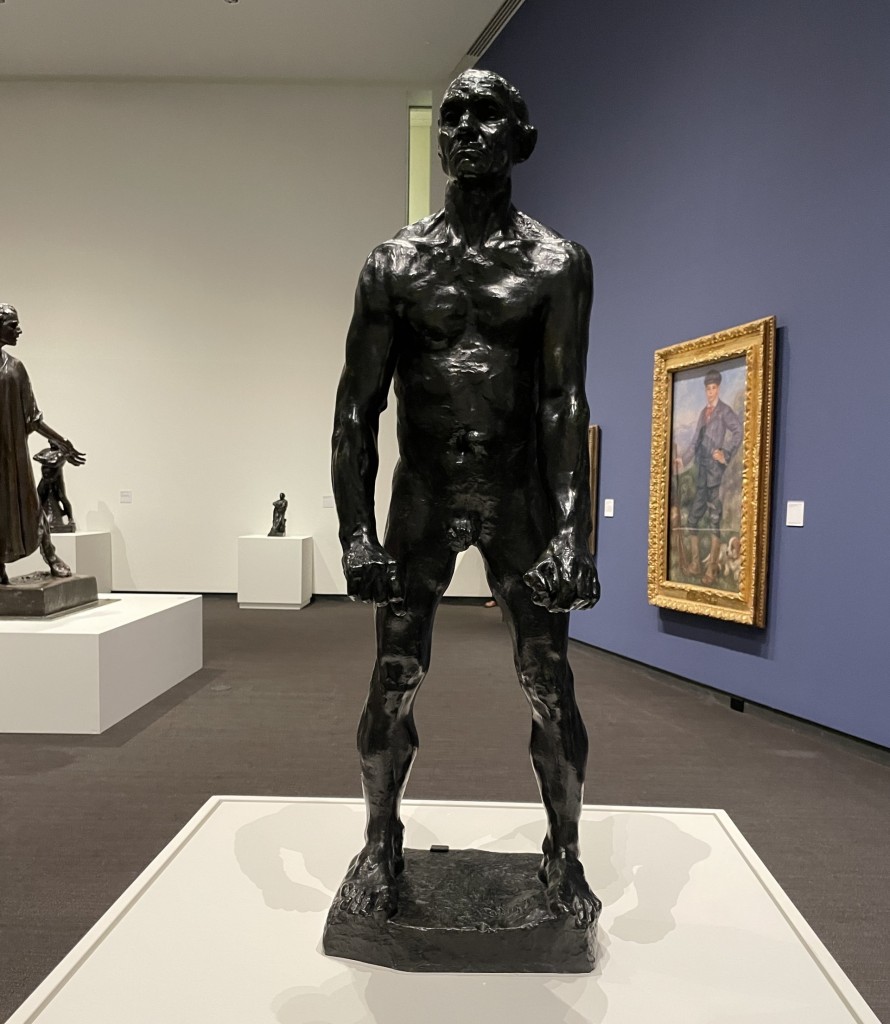
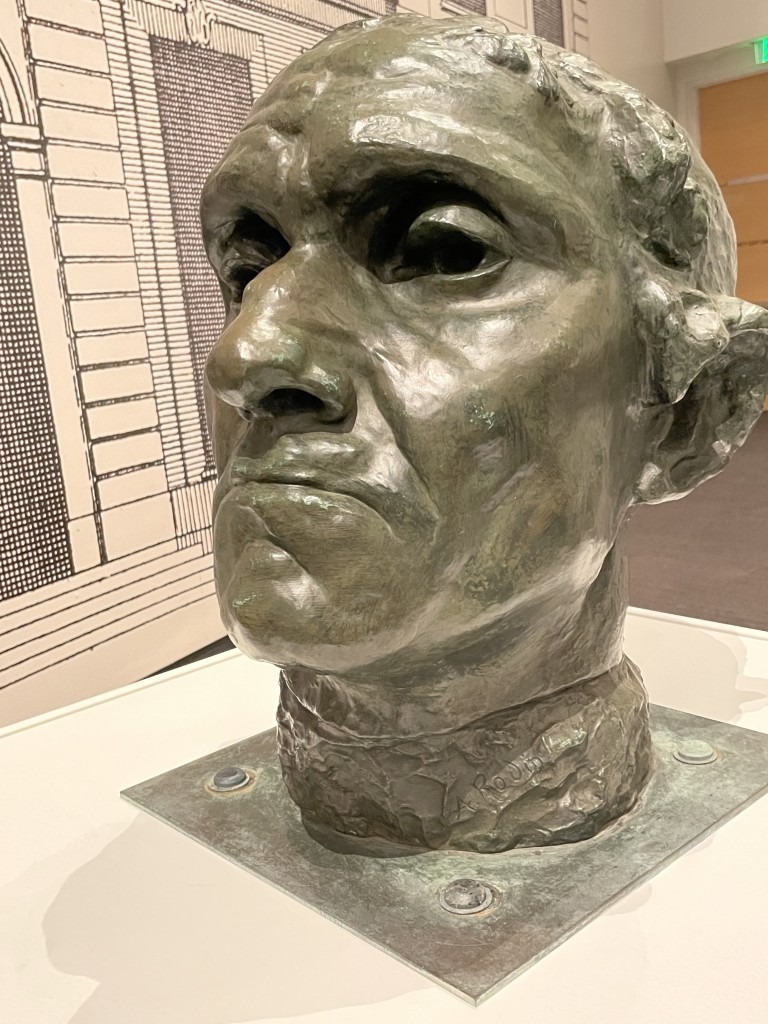
Smaller pieces show a more delicate, precise hand.

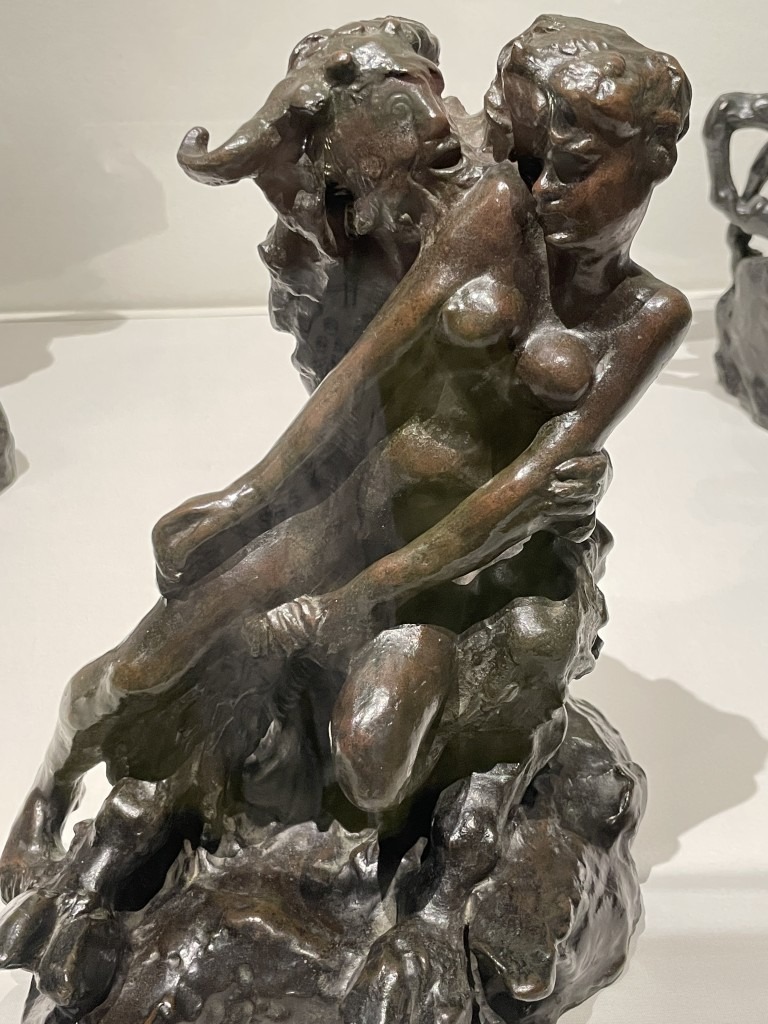
Critics said the works appeared unfinished and Rodin’s approach was not traditional. Supporters praised his creative quest to capture life-like movement and energy.
. . .
“I obey nature, I never presume to command her.” – Auguste Rodin
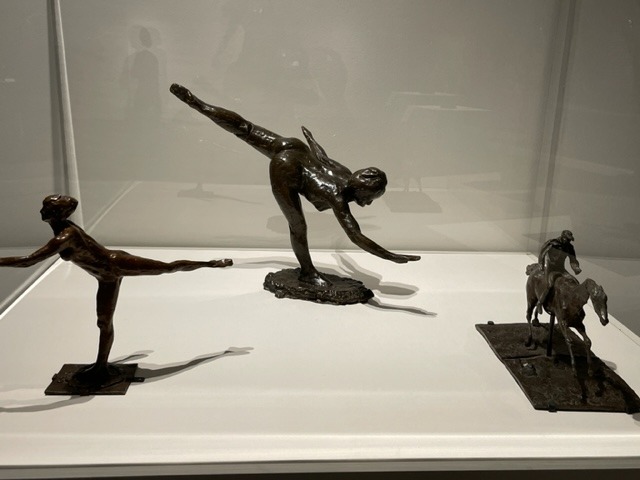
Rodin was surrounded by painters employing a variety of stylistic approaches (Naturalism, Symbolism, Impressionism) and he developed lasting friendships and rivalries with them, collecting their work as well.
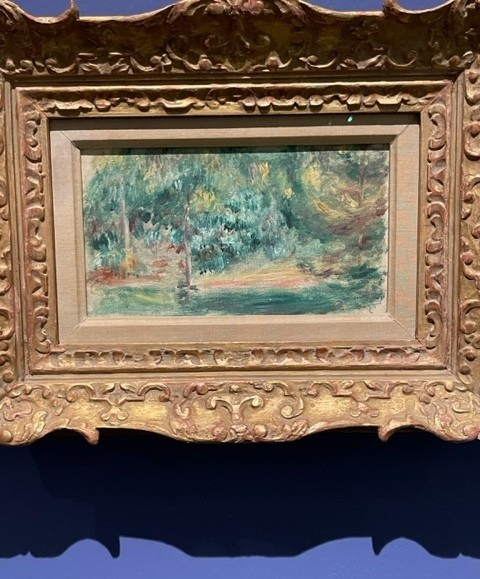
The seriousness and heaviness of Rodin’s sculptures in the exhibit are offset by other sculptures and paintings created by Impressionist artists he worked and exhibited with throughout his career.
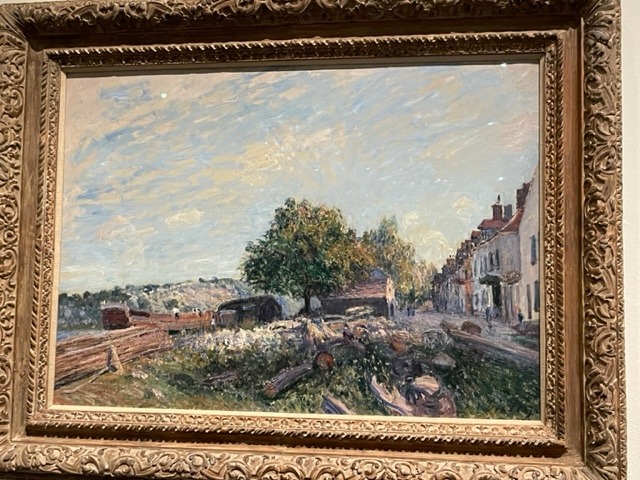
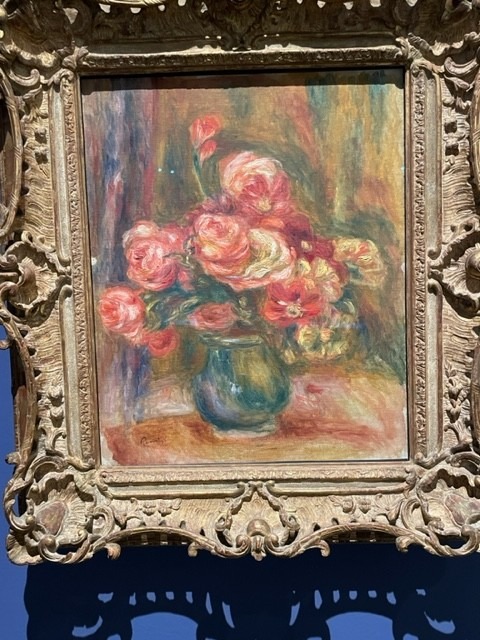
Among Rodin’s most famous works presented, this small sculpture was shown alongside the Paris World’s Fair in 1900. Look at the upraised hands – they form the shape of a heart.
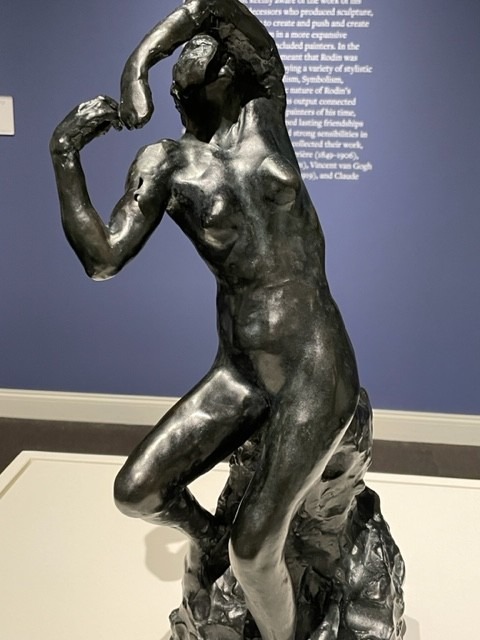
Also, the stories of Orpheus and Eve.
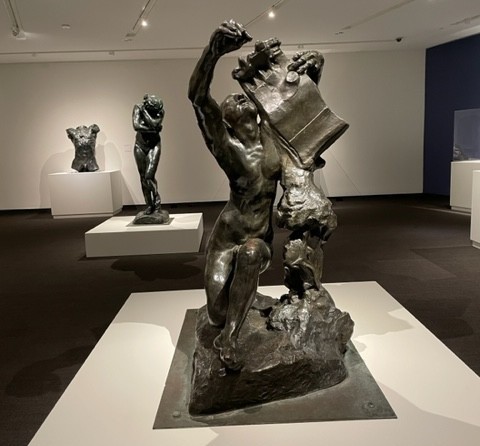
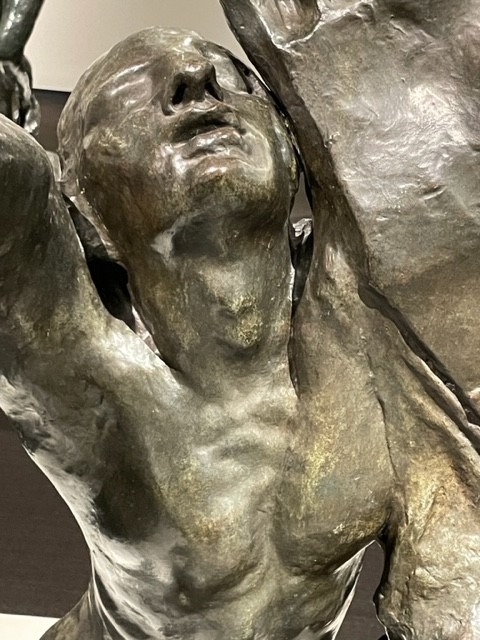

Portraiture
. . .
Over the course of his career, Rodin continuously, laboriously worked to render a satisfactory likeness of the human form. He embodied the spirit of the creative tortured genius, consistent in his quest to convey more character, emotion, strength, suffering, pathos and beauty in his work.
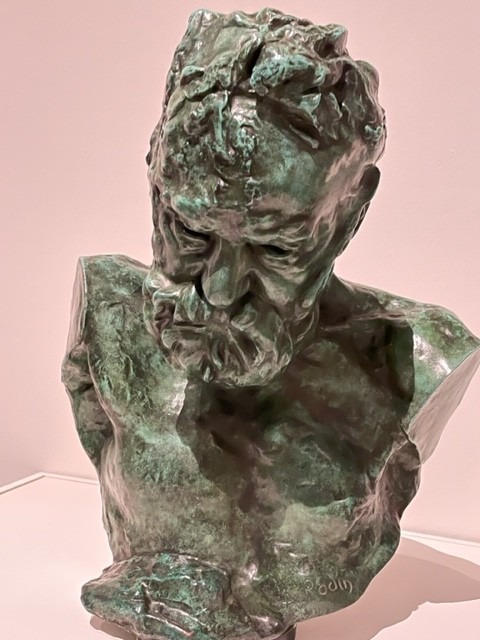
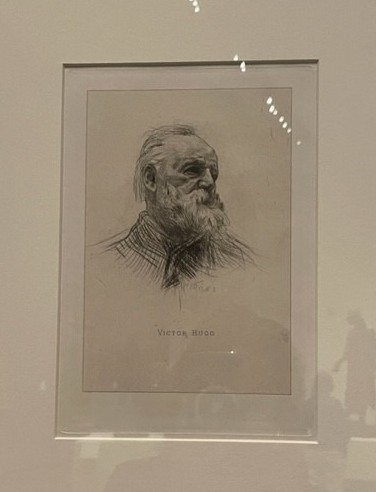
Impressionist Paintings
by Rodin’s Contemporaries
. . .
You enter the exhibit through a beautiful range of paintings by well-known Impressionists.
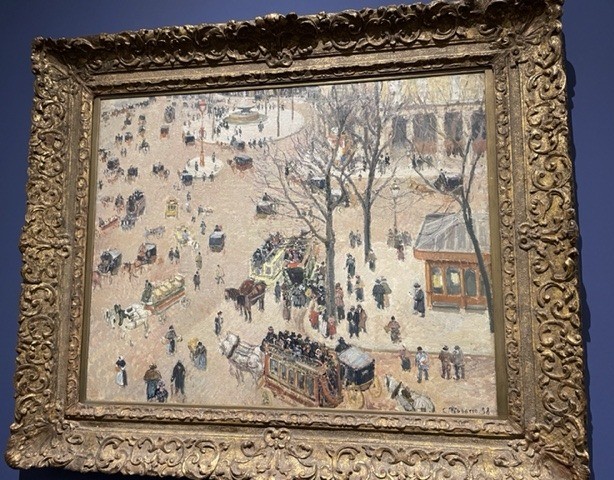

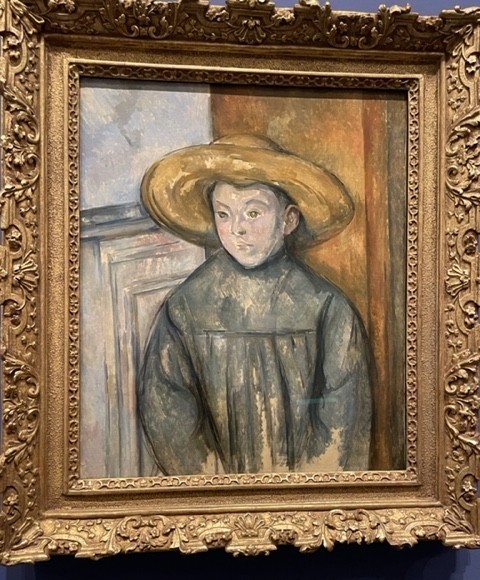
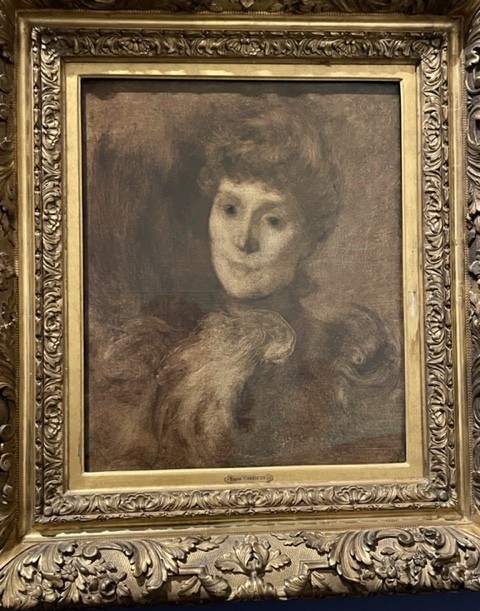
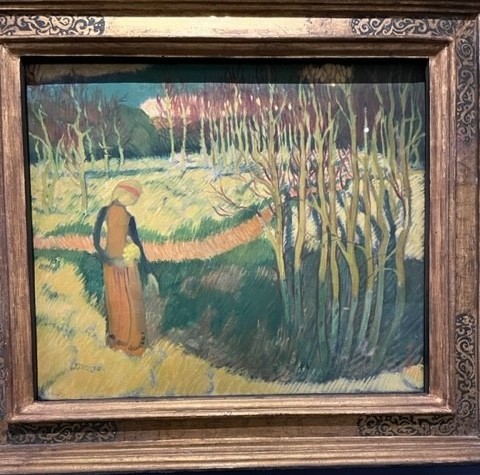
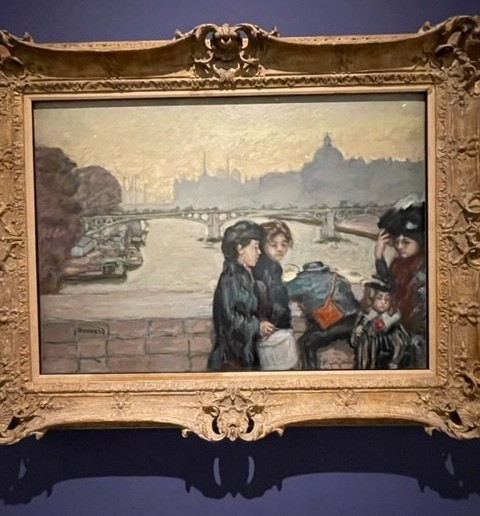

“. . . The artist penetrates below the surface into the very heart of nature;
for him everything is beautiful because beauty in art consists of character.” – Auguste Rodin
. . .
mfastpete.org
Through March 26
Museum of Fine Arts
255 Beach Drive NE
St. Petersburg, FL 33701
10 am-5 pm Tuesday, Wednesday, Friday and Saturday
10 am-8 pm Thursday
noon-5 pm Sunday
727-896-2667




